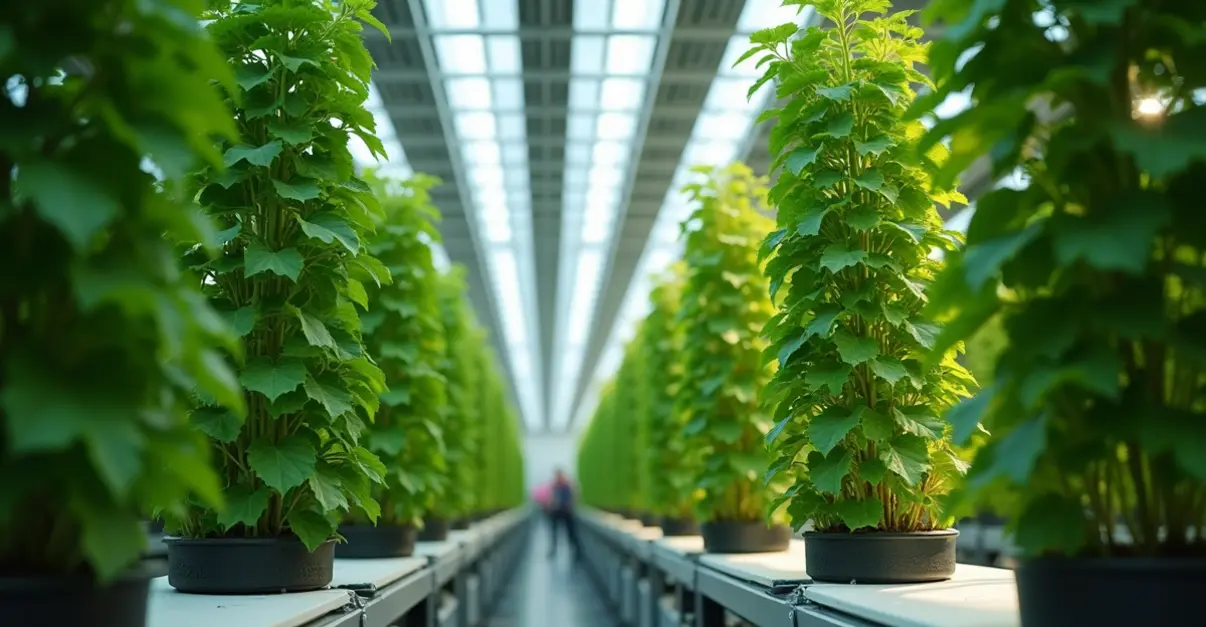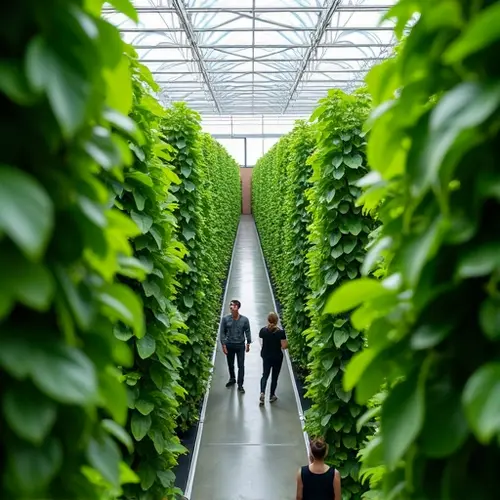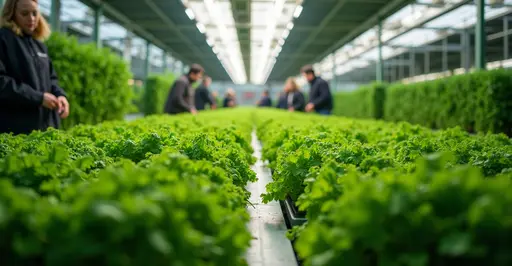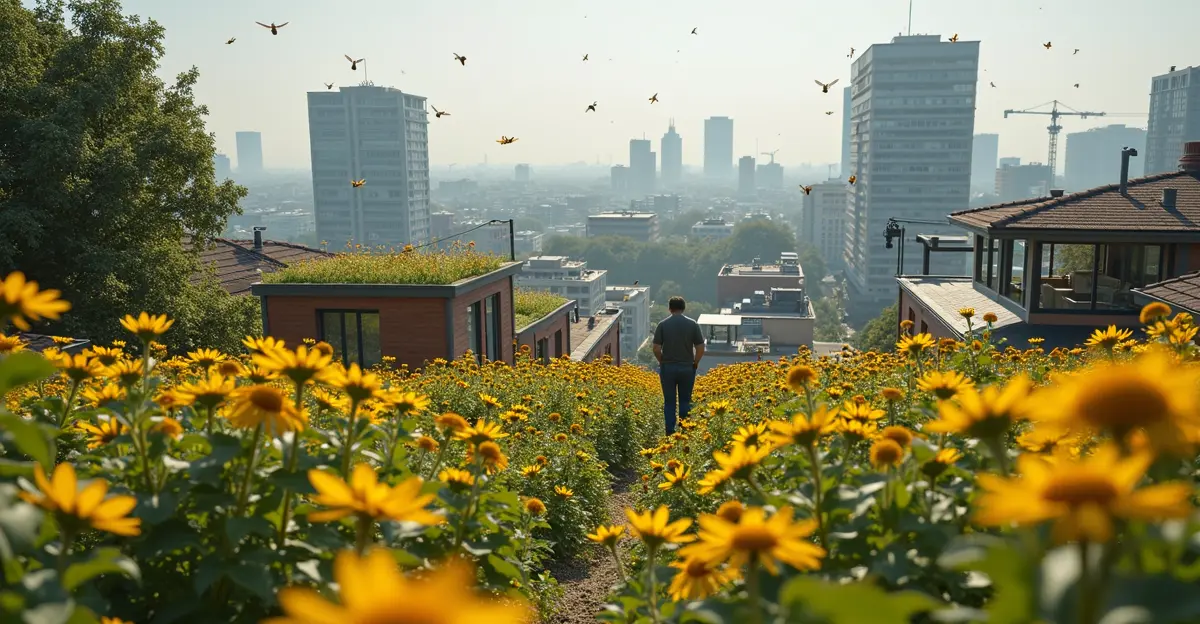Vertical farming investment reaches $400M+ in 2025 as industry shifts to sustainable growth. Automation and AI become essential, with urban deployments expanding across major cities. Quality metrics and local supply chains drive profitability.

Vertical Farming's Evolution from Experiment to Mainstream
The vertical farming industry is undergoing a dramatic transformation in 2025, moving from experimental optimism to disciplined, sustainable growth. With the global market projected to reach USD 9.5 billion and showing 23% growth, the sector is maturing into a dependable component of modern agriculture. 'We've learned from the setbacks of recent years,' says agricultural technology analyst Dr. Sarah Chen. 'The focus has shifted from scale at all costs to profitability through smart crop selection and operational efficiency.'
Investment Landscape Shows Strategic Shift
Despite a challenging funding environment, vertical farming startups secured over $400 million in capital between 2024 and mid-2025. The largest deal was Planet Farms' €200 million strategic joint venture with Swiss Life Asset Managers in April 2025, representing Europe's biggest vertical farming investment. 'Strategic investors from insurance, technology, and government sectors are leading most rounds now,' notes venture capital expert Michael Rodriguez. 'They're looking for proven technologies and geographic expansion rather than traditional food industry plays.'
Quality Metrics Driving Commercial Success
Successful vertical farming operations are now achieving gross margins above 30% and keeping energy costs below $2 per kilogram. The industry has learned that producing crops indoors costs significantly more than traditional farming due to high energy consumption for artificial lighting and climate control. 'The main challenge isn't technology but economics,' explains supply chain researcher Dr. Elena Martinez from the University of Missouri-St. Louis. 'Strategic supply chain optimization is key to making vertical farming profitable.'
Urban Deployment Cases Show Local Impact
In American cities, vertical farming is transforming food production with over 80% of the U.S. population living in urban areas. Leading cities like New York, Chicago, Detroit, San Francisco, Boston, and Seattle are pioneering this movement. 'By 2025, over 70% of U.S. urban farms are projected to adopt vertical farming technologies,' says urban agriculture specialist James Wilson. 'The benefits include reduced food miles, improved access to fresh produce in food deserts, and climate resilience.'
Technology and Automation Become Essential
Automation has transitioned from optional to essential in vertical farming operations. AI-driven monitoring, robotic harvesting, and intelligent climate control systems are now core to competitive operations. Container and modular farming systems are gaining traction for their flexibility and lower capital costs. 'Automation and AI have become essential core strategies,' states technology consultant Lisa Thompson. 'These technologies improve efficiency and profitability while enabling operations to scale more sustainably.'
Environmental Benefits and Future Outlook
Vertical farming offers significant environmental advantages, using up to 95% less water than traditional farming while enabling year-round production even in urban environments. The technology combines hydroponics, LED lighting, and climate control to create optimal growing conditions. 'We're seeing a shift toward premium crops, operational efficiency, and cash-flow discipline rather than rapid expansion,' concludes industry veteran Robert Kim. 'The sector is evolving from experimentation to sustainable business practices that will define the future of efficient, resilient food production.'

 Nederlands
Nederlands
 English
English









